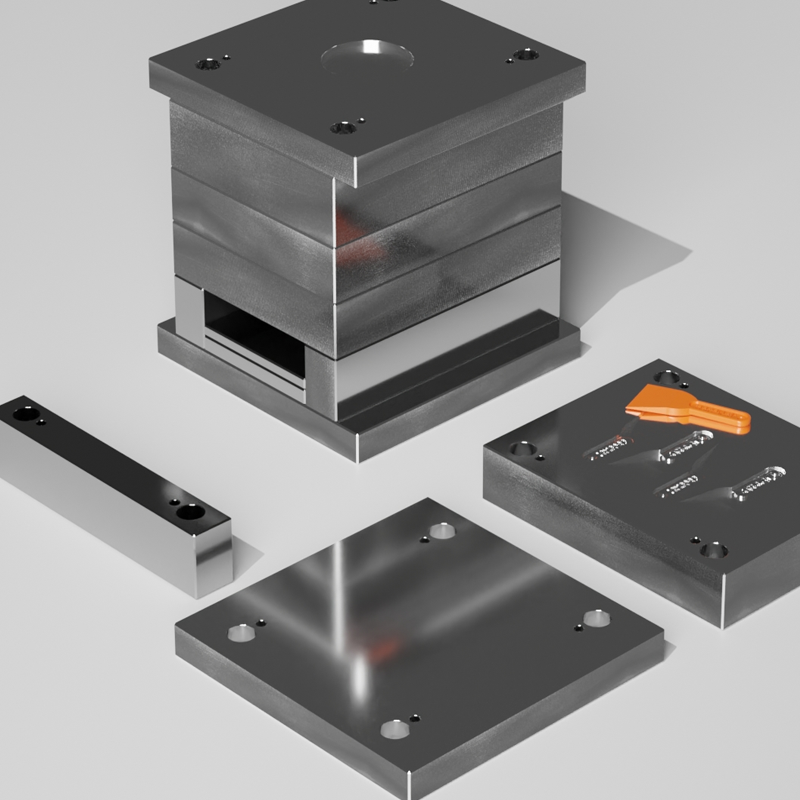Are you struggling to choose the right steel for your high-wear molds? At Toolingsun, we know that selecting mold steel is more than picking the hardest grade. Striking the perfect balance between hardness (for wear resistance) and toughness (to avoid cracking) is essential for long-life tooling and consistent production. In this guide, we’ll dive into the properties, heat treatment parameters, and practical considerations for popular mold steels like H13, P20, and 420 stainless, addressing the key questions you face—from machinability and cost to durability and maintenance.
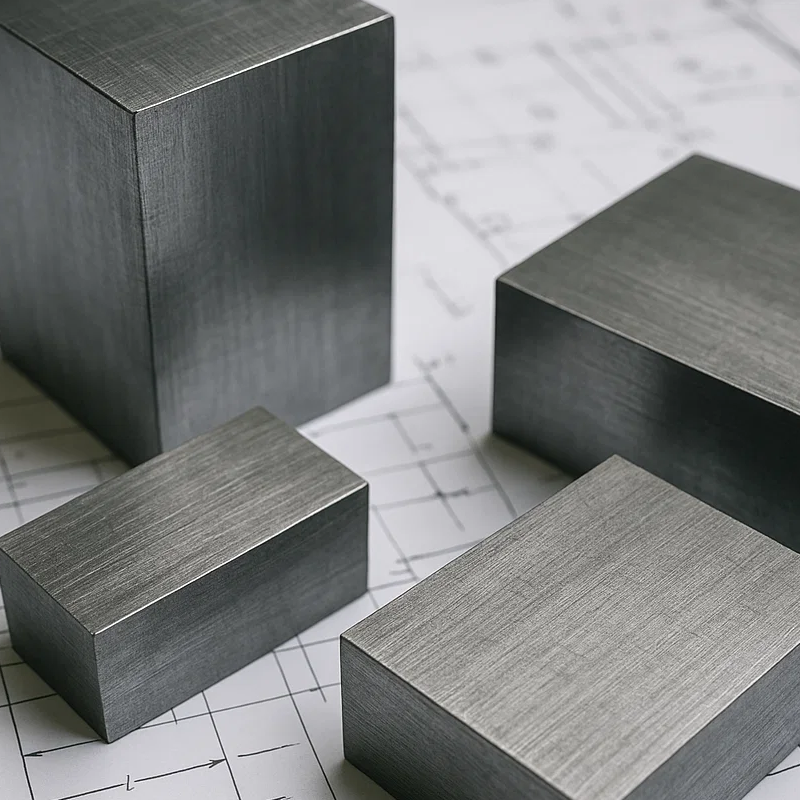
1. Understanding Hardness vs. Toughness in Mold Steels
Mold steels must endure millions of cycles of injection, compression, or stamping without excessive wear or catastrophic failure. Two mechanical properties are paramount:
- Hardness (HRC): A measure of wear resistance. Higher hardness means the steel resists abrasion, scuffing, and erosion under high contact pressures.
- Toughness: The ability to absorb energy and resist cracking under impact or thermal cycling. A tougher steel can withstand the stresses of rapid temperature changes and mechanical shocks.
A steel that’s too hard may crack under stress, while a steel that’s too soft will wear quickly. Your goal is to find a “sweet spot” where hardness is sufficient for wear resistance, yet the steel remains tough enough to resist chipping and cracking.
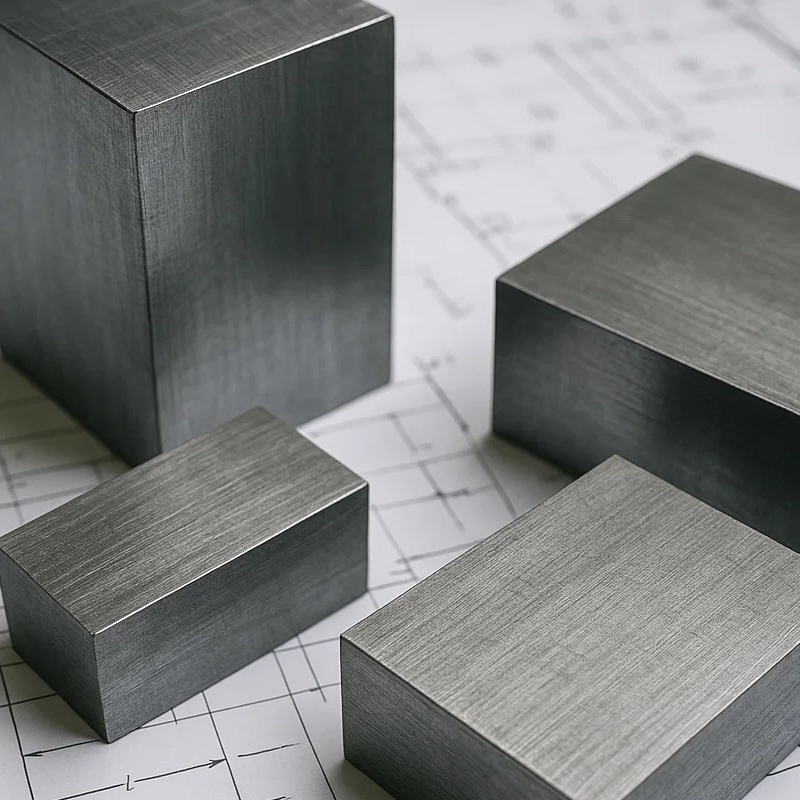
2. H13: The Workhorse Hot-Work Steel
Key Properties:
- Hardness Range: 40–52 HRC (after quench and temper)
- Toughness: Excellent, even at elevated temperatures (up to 600 °C)
- Thermal Fatigue Resistance: Superior—ideal for high-temperature molding and die-casting
Heat Treatment Parameters:
- Preheat: 550–650 °C, hold 1–2 hrs to relieve stresses
- Austenitizing: 1020–1060 °C, 15–30 min
- Quenching: In air or oil to ~200 °C, then cool to room temperature
- Tempering: 550–650 °C, 2 × 2 hrs, to achieve 45–52 HRC
Applications:
- Die-Casting Dies: Survives repeated thermal shocks from molten metal.
- Hot Forging Dies: Maintains shape at high forging temperatures.
- Injection Molding of High-Temp Polymers: Resists erosion from glass-filled materials.
Customer Concerns & Toolingsun Solutions:
- Concern: “How do I avoid cracking under thermal cycling?”
- Solution: We strictly control H13 tempering cycles to optimize toughness, and design cooling channels in the die to minimize thermal gradients that cause stress.
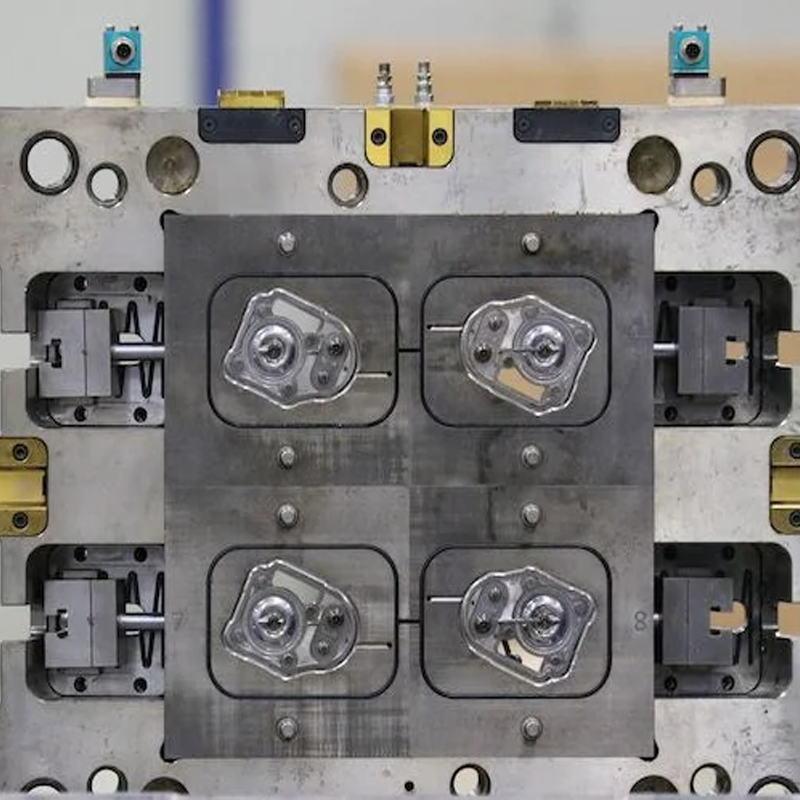
3. P20: The Go-To Pre-Hardened Mold Steel
Key Properties:
- Hardness Range: 28–32 HRC (pre-hardened), up to 40 HRC with post-hardening
- Toughness: Good for general-purpose molds
- Machinability: Excellent—ideal for rapid prototyping and medium-volume runs
Heat Treatment Parameters (Post-Hardened):
- Austenitizing: 900–930 °C, 15–30 min
- Quenching: Oil to ~60 °C
- Tempering: 550 °C, 2 × 2 hrs
Applications:
- Standard Injection Molds: Plastic part production (ABS, PP, PS).
- Prototype & Short-Run Tooling: Lower tooling cost and lead time.
- Medium-Volume Production: Balanced wear resistance and cost efficiency.
Customer Concerns & Toolingsun Solutions:
- Concern: “I need quick turnaround but worry about wear.”
- Solution: We offer P20 molds with optional wear-resistant surface treatments (nitride or chrome plating) to boost surface hardness while retaining core toughness.
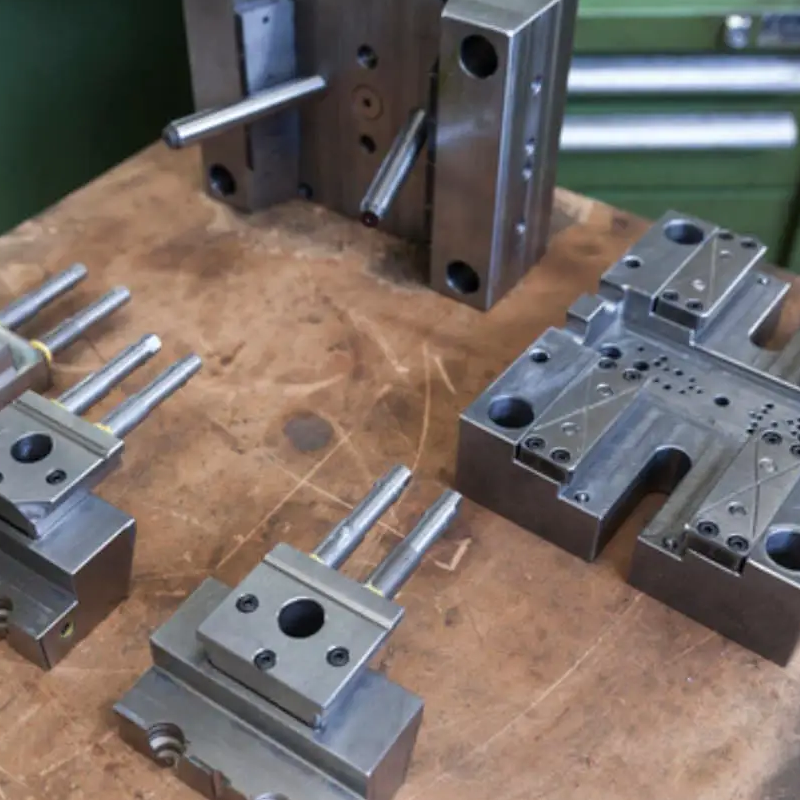
4. 420 Stainless: Corrosion-Resistant Mold Steel
Key Properties:
- Hardness Range: 50–57 HRC (after hardening)
- Corrosion Resistance: Excellent—resists rust in humid or corrosive environments
- Toughness: Moderate—best for lower stress applications
Heat Treatment Parameters:
- Austenitizing: 980–1020 °C, 10–20 min
- Quenching: Oil to room temperature
- Tempering: 150–200 °C, 1–2 hrs (to maximize toughness while maintaining HRC)
Applications:
- Food-Grade & Medical Molds: Requires corrosion resistance for cleaning/sterilization.
- Chemical & Outdoor Environments: Molds exposed to moisture or aggressive cleaning agents.
- Low-Volume, High-Cleanliness Applications: Laboratory devices, medical components.
Customer Concerns & Toolingsun Solutions:
- Concern: “My mold corrodes after multiple wash cycles.”
- Solution: We recommend 420 stainless for wetted surfaces, and optimize tempering to maximize both corrosion resistance and toughness.
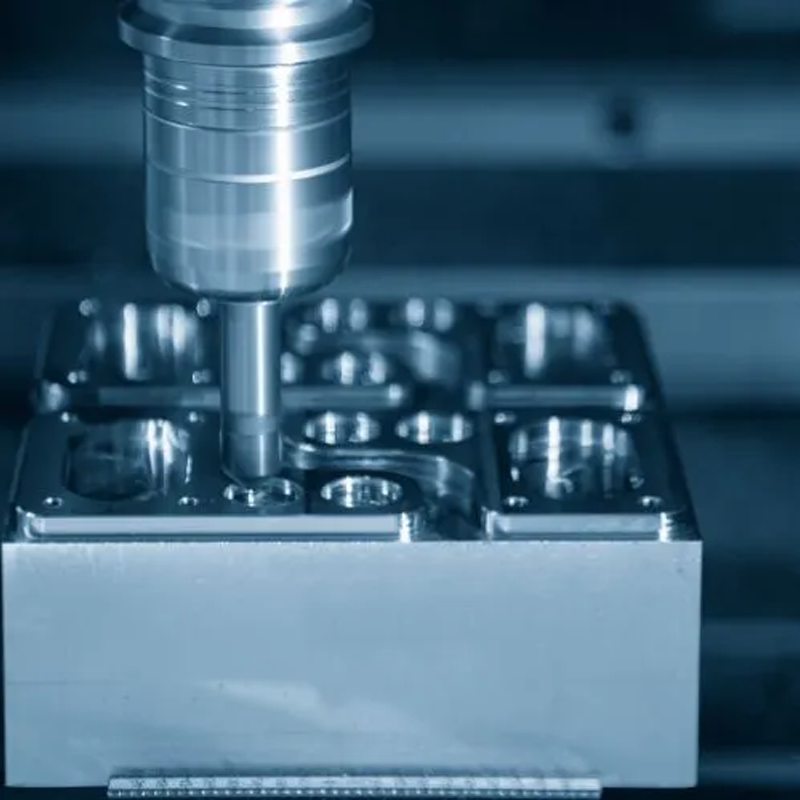
5. Comparative Overview: Which Steel for Your Mold?
| Property / Steel | H13 (Hot-Work) | P20 (Pre-Hardened) | 420 Stainless |
|---|---|---|---|
| HRC Range | 40 – 52 | 28 – 32 (pre), 40 post | 50 – 57 |
| Toughness | Excellent | Good | Moderate |
| Thermal Fatigue | Excellent | Fair | Poor |
| Corrosion Resistance | Poor | Poor | Excellent |
| Machinability | Fair | Excellent | Good |
| Lead Time | Longer | Short | Moderate |
| Cost | High | Moderate | High |
6. Design for Manufacturability (DFM) Considerations
To maximize mold life and part quality, we advise clients to integrate DFM strategies from the outset:
- Uniform Wall Sections: Minimize stress concentrations that can lead to cracking in hard steels like H13.
- Rounded Corners & Fillets: Prevent die wear and material buildup at sharp edges.
- Balanced Gate Location: Ensure even material flow and reduce thermal gradients in the mold.
- Cooling Channel Design: Optimize cooling to reduce cycle time and thermal fatigue in hot-work steels.
At Toolingsun, our engineering team uses advanced mold-flow and thermal simulation tools to validate DFM principles, ensuring your molds perform consistently.
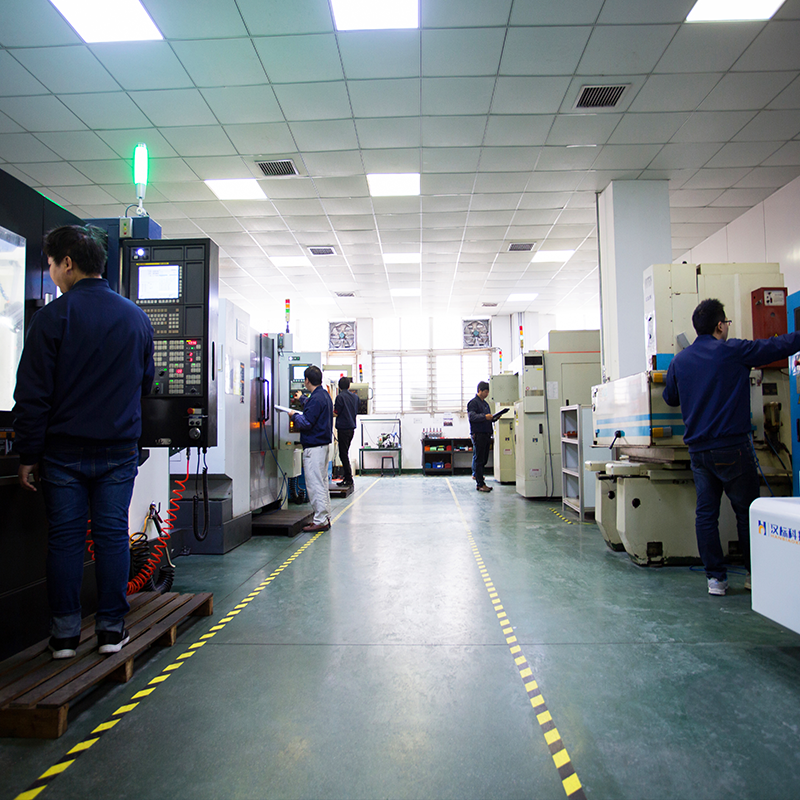
7. Quality Assurance & Maintenance
Even the best-designed molds require regular care. Our comprehensive QA and maintenance services include:
- Surface Hardness Verification: Rockwell testing to confirm HRC targets.
- Crack Detection: Dye-penetrant or ultrasonic testing to catch micro-cracks early.
- Alignment Checks: Laser alignment of mold halves to prevent premature wear.
- Re-Tempering & Hardfacing: Restorative heat treatments and Tungsten-carbide overlays for worn tooling.
These services prolong mold life, minimize downtime, and reduce the total cost of ownership for your tooling investment.
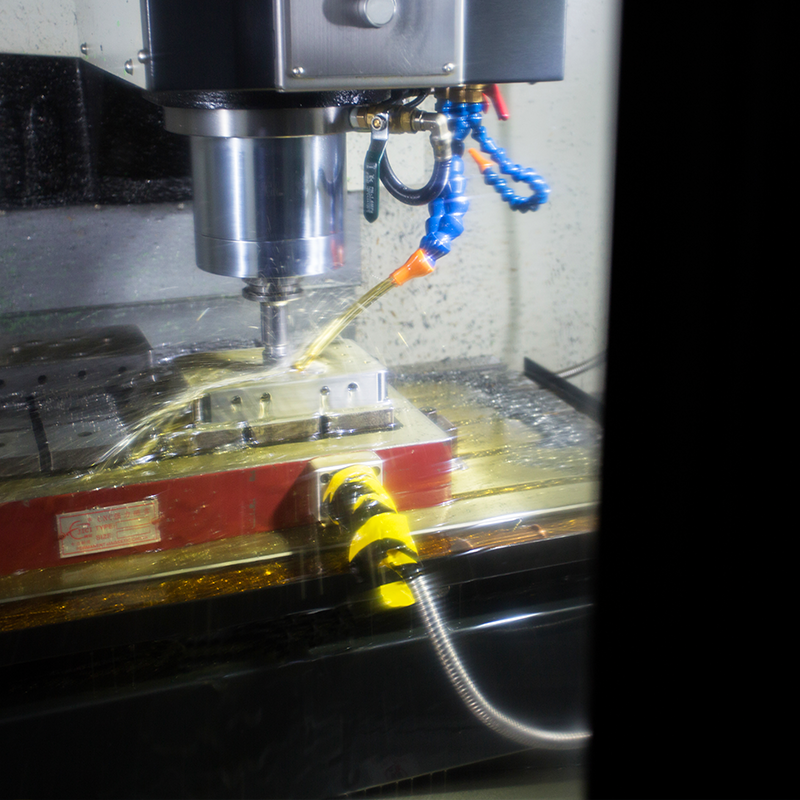
Partner with Toolingsun for Optimal Mold Performance
Selecting the right mold steel is a critical decision that impacts product quality, tooling longevity, and production costs. At Toolingsun, we combine deep materials expertise, precision engineering, and robust quality systems to guide you through choosing and maintaining the optimal steel grade—be it H13, P20, or 420 stainless.
Ready to elevate your tooling performance? Contact Toolingsun today for a consultation. Let’us help you balance hardness and toughness to achieve molds that deliver consistent, high-quality parts run after run.

